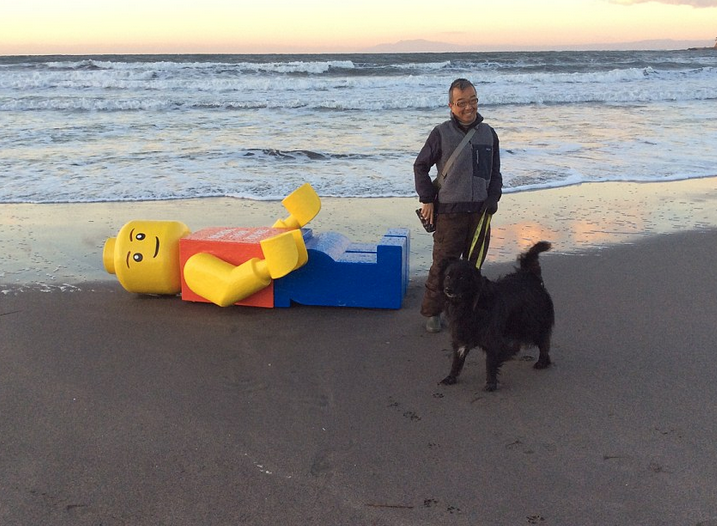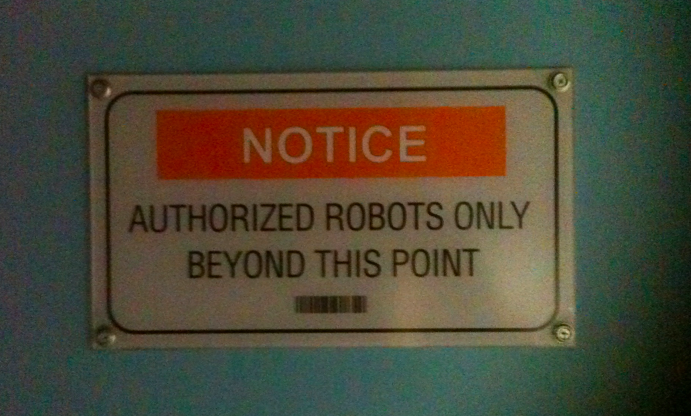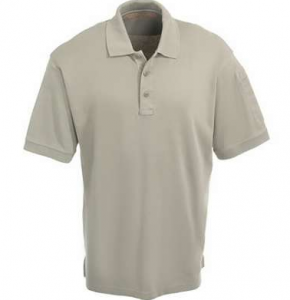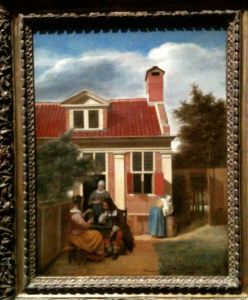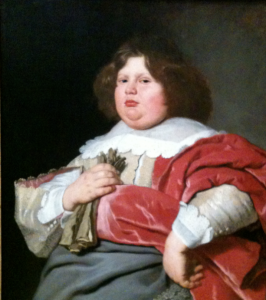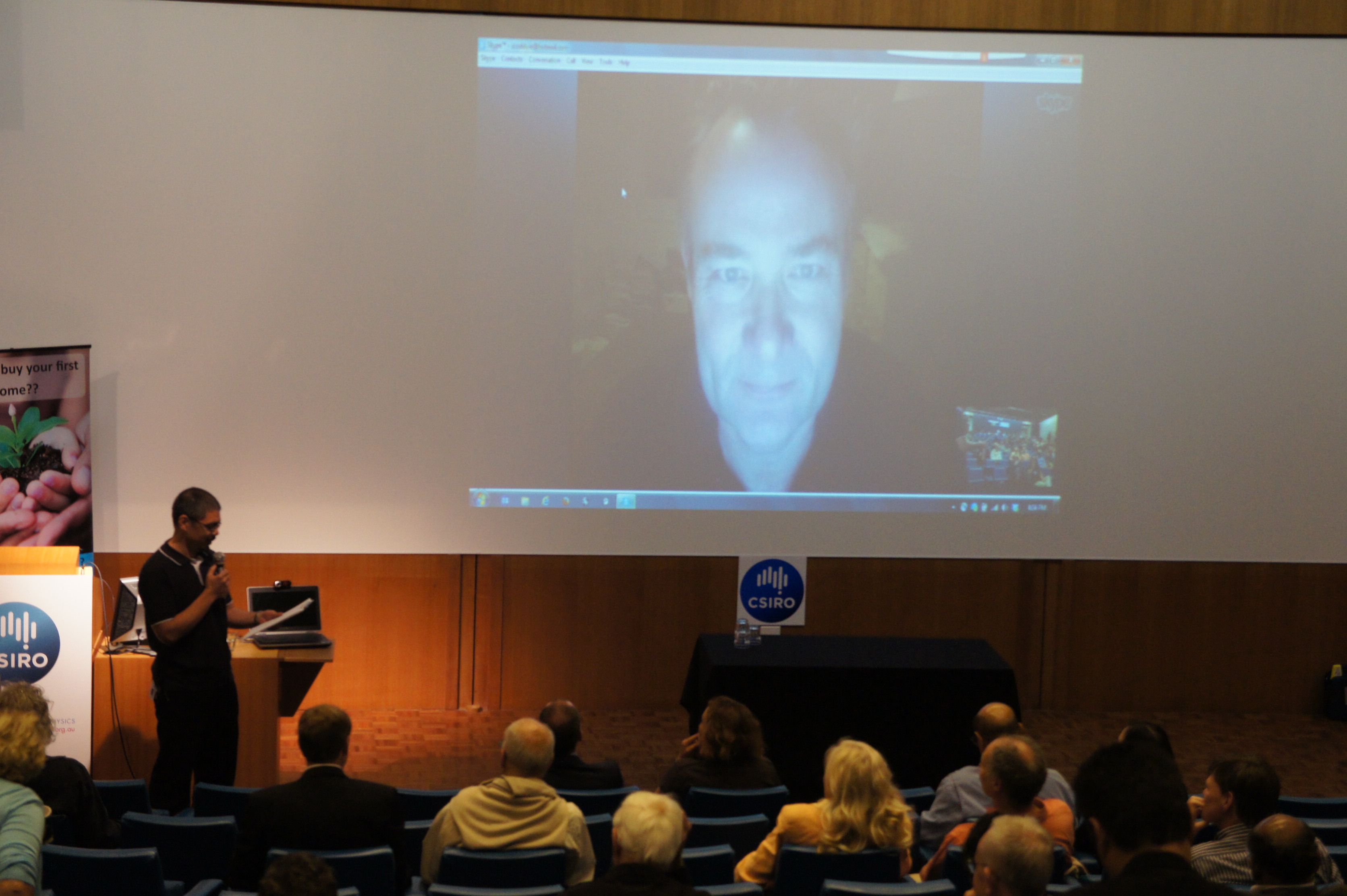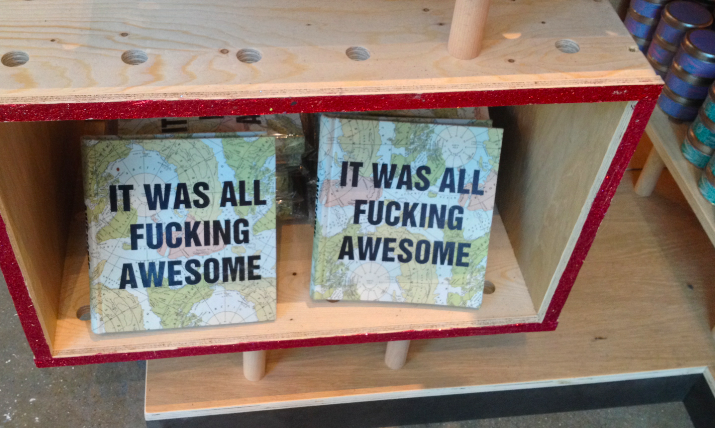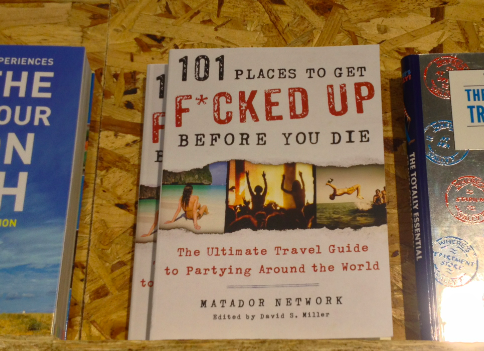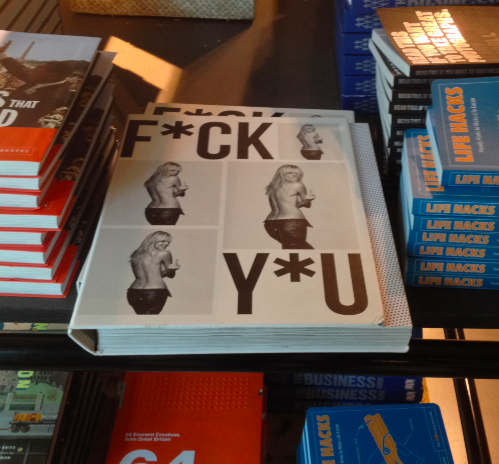Category Archives: Uncategorized
Digital v Human
I’ve decided that for the next few months this blog is going to be about the development of my next book, Digital v Human (with some exceptions). First I’ll start by adding a few things I’ve deleted. The appendix below seemed like a good idea when the book was a straightforward sequel to Future Files, but now less so. Hopefully, it will find a use in scenario planning and such like.
Appendix 1: Assessment of probabilities*
If you want to capture peoples’ attention about the future it’s useful to use words like “will” and “won’t.” People like people that project confidence and say things with absolute certainty. Avoiding detail, especially specific dates, works extremely well too. However, if there is one thing that we can say about the future with absolute certainty, it is surely that it’s uncertain. Therefore, logically, there must always be more than one possibility, outcome or future.
To this end I have tried to be careful with my language. Certain words used throughout this book are associated with broad levels of probability. This isn’t intended to be scientific, but it has been thought through and is meant to alert both readers and myself to any definitive statements. Probabilities are based upon widespread occurrence, acceptance or rejection by the year 2050, which hopefully creates a small degree of accountability.
Description Range of probability
Will/won’t Greater than 90%
Likely/probable/should 60-90%
May/might/could/possible 20-60%
Unlikely/improbable Less than 20%
Impossible/never Less than 5%
* With due acknowledgment to the Ministry of Defence, DCDC.
Plumpton
Plumpton Parish Council. Part an an experiment. Ignore.
Job available in tech futures research
I wouldn’t usually do this, but it’s for Imperial College London, with whom I have a relationship. Anyone out there (youngish) with a crystal ball looking for a job in ‘futures’ but with a top-notch academic institution rather than some tiny tinpot company? You might even get to work with me a bit on a map! (that’s enough to put most people off).
Foresight analyst – Enterprise ventures
Salary range £ 43,530-52,630
Location: London – South Kensington campus
Closing date 19 January
Quick thought for the day – modern monsters
Most monsters are metaphors. What monster are we currently worried about and what is the metaphor?

